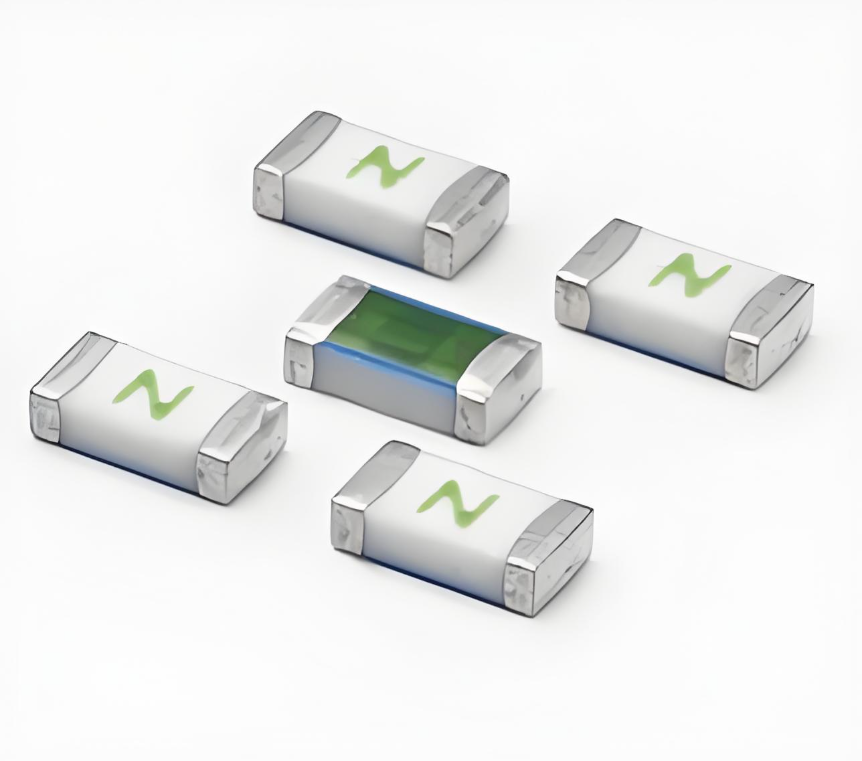PCB safety design is the key to ensuring the stable operation of electronic equipment, in which electrical safety, overcurrent protection, and good grounding play a central role, as follows:
Electrical Safety
Reasonable layout to ensure spacing
PCB layout follows the principle of safe spacing, according to the voltage level to distinguish between lines, high-voltage and low-voltage lines to maintain a sufficient physical distance, to prevent the electric field from breaking through the air triggered by short-circuit, and to avoid high-voltage interference with low-voltage areas.
Component parameters
Selection and installation of electronic components are based on circuit requirements to ensure that the voltage withstand value, rated power and other parameters are matched, such as the selection of capacitors based on the operating voltage to determine the level of voltage withstand, to prevent overheating and breakdown of components due to abnormal voltage and current, to protect the stability of the circuit.
Reinforcement of moisture and dust-prevention
Protective coatings, sealed shells and other measures to resist moisture and dust, to avoid changes in electrical performance, increase leakage wind overcurrent protection components.
Current protection components
Fuse Emergency Blowout
Traditional fuse in the current over the rated value, the internal fuse overheating melting, instantly cut off the circuit to prevent excessive current damage to the subsequent components, the critical moment of sacrifice to protect the circuit.
Intelligent current limitation of self-recovery fuses
When the current overload causes it to heat up, the resistance value of the self-recovery fuse increases abruptly to limit the current, and automatically restores the low resistance after troubleshooting, which continues to protect the circuit, eliminating the trouble of manual replacement and enhancing the convenience of maintenance.
Current-limiting resistor flexible protection
Current-limiting resistors are set up in the sensitive circuit branches, utilizing their own resistance characteristics to control the current in a safe range, preventing the instantaneous current shock from damaging the precision components, and providing mild and reliable protection for them.
Good Grounding
Precise grounding of analog circuits
According to the circuit characteristics and operating frequency, single-point, multi-point, or mixed grounding strategy, rational arrangement of grounding paths to reduce ground loop noise interference, to ensure the pure transmission of analog signals to enhance performance.
Safe grounding of digital circuits
Reliably connect the digital ground to the earth, in case of lightning strike or electrostatic discharge, conduct away excessive charge, prevent charge accumulation and damage to components, and at the same time, protect the safety of users and avoid the risk of electric shock from leakage.
Multi-layer PCB shielding grounding
Multi-layer PCB with a special grounding layer, shielding, blocking external electromagnetic interference into the internal, to prevent internal radiation out to enhance stability and safety.
These three aspects complement each other, together for the safe operation of PCB and electronic equipment escort, with the development of technology and its importance becoming more and more prominent.

